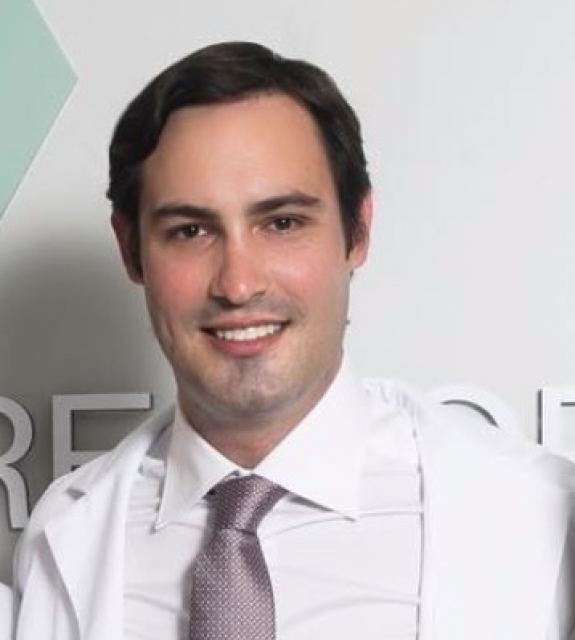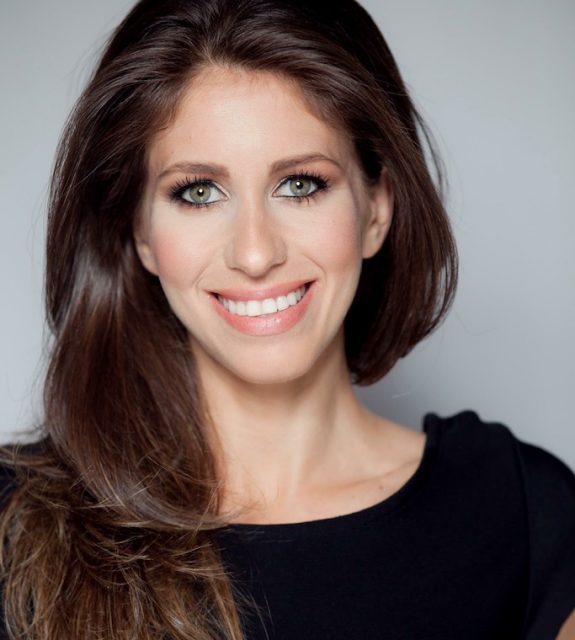Dr. G. Hunt Neurohr is an American Board Certified Plastic Surgeon who has practiced in Dallas, Texas for over 25 years. He is dedicated to helping improve people’s lives through Plastic and Reconstructive Surgery. Dr. Neurohr developed his interest in faces during his surgical training to treat cancers of the head and neck and immersed himself into the anatomical and surgical study of the region. The face is most challenging area to achieve surgical non-detectability; so, Dr. Neurohr further pursued his post-doctoral studies in facial aesthetic surgery with Dr. Bruce Connell at the Connell Clinic in Santa Ana, California. It was there that he realized he was adept at visualizing possible results for individual patients. If he could “see it,” his hands could make it happen. Haute Beauty chats with Dr. Neurohr to learn more about hairline improvement through a facelift.

HB: How do you achieve youthful hairlines through a facelift?
Our subconscious mind works in amazing ways by sorting through scads of information patterns we encounter, and then usually interpreting them to make perfect sense. Visual cues of the face are a great example of how we see a young face versus an old face, and the shape of the hairline is a powerful indicator. With age the hairlines recede and hair density thins. We recognize this without even thinking about it. Unfortunately, the standard facelift techniques generally don't address the hairline issue. So, even though a facelift might remove wrinkles and tighten the skin, if it doesn't restore the inherent shape of face, framed by a youthful hairline, rejuvenation won't result. The person will look alien, and old.
HB: How does the procedure work?
To preserve hairlines in facelift surgery, the incisions must be made in a way that preserves the hair follicles at the edge of the scalp, and they must be designed in a pattern that appeals to the eye. Then, the skin and scalp closure must be done delicately, so the hair will grow right through the healed scar. The actual lifting and shape restoration of the face is done under the skin. The skin excess is then finely tailored to suit the ideal shape of the patient's naturally shaped hairlines.
HB: Who his the best candidate for this procedure?
The best candidates for this procedure are individuals whose hairline in the temple area is three or more fingerbreadths from the tail of the eyebrow, around 5-6 centimeters; those with receding hairlines, and those with thin or high sideburns.
HB: How does this treatment compare to others of the same nature?
The treatment of the hairline in this manner preserves a natural, youthful facial frame of hair that signals a vital, active person who is ready for the party! That compares to a windblown, comb over, distorted appearance of someone who obviously had a facelift and has no way to cover it up.

HB: What does recovery look like?
Surprisingly, facelift surgery is not really painful, but it does require discipline and support for nine days after surgery to optimize results, because it takes that amount of time for the tissues to securely seal and heal. Compliance during this important phase mitigates the risk of healing problems and hastens the transition to happy results. This means sleeping on your back and maintaining a chin-neck posture of 90 to 120 degrees as consistently as possible during that time. Bulky and compressive dressings can be detrimental and are not used. Walking is encouraged after a couple of days, progressively increasing thereafter. Most people are back to work in two weeks, and full exercise is possible in three weeks. Still, it takes three months for the underlying tissues to totally soften from the maturation of the healing processes, but you are up and active, looking good way before that!
For more information, visit Dr. G. Hunt Neurohr's social media:
























